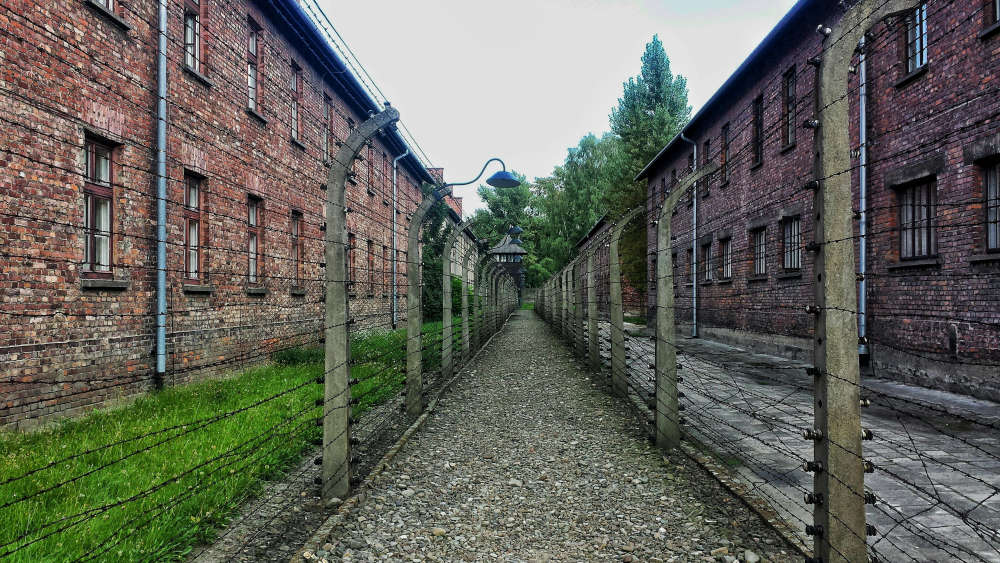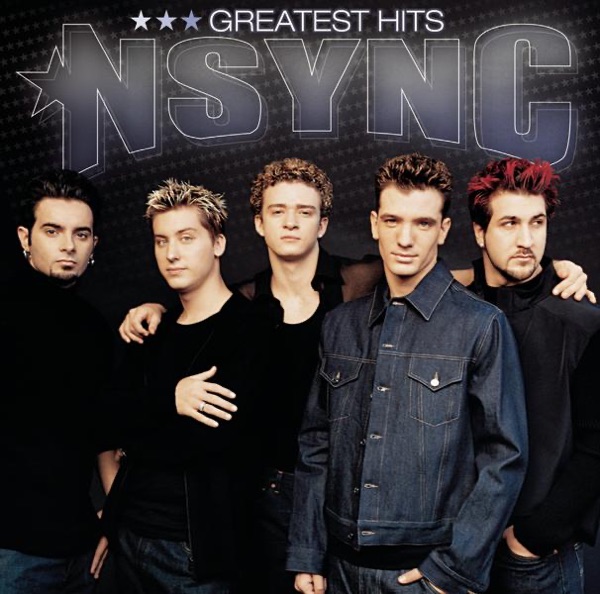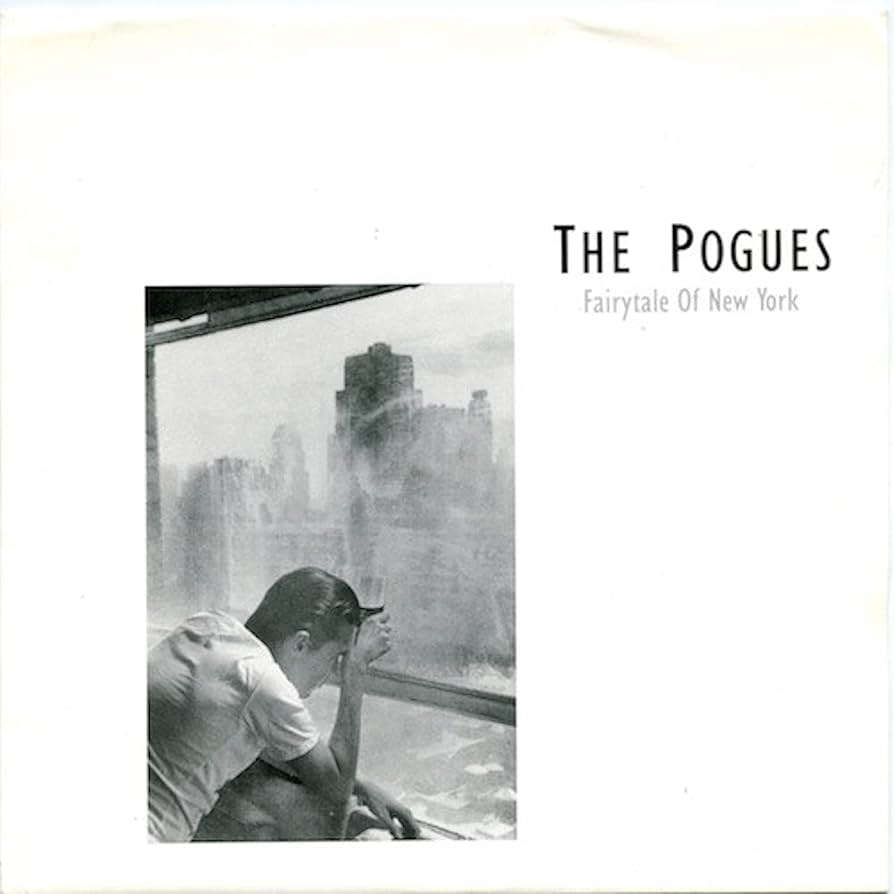What to Expect During Your Auschwitz Tour Visit

Visiting Auschwitz-Birkenau is a profound journey into one of humanity's darkest chapters. Over 1.1 million people lost their lives here between 1940 and 1945. This guide prepares you for the experience - covering booking, logistics, what you'll see, and how to process this emotionally demanding visit. You'll gain practical knowledge to approach this important pilgrimage with proper respect and preparation.
Planning Your Visit
Book in Advance - It's Mandatory
You cannot simply show up at Auschwitz any more. As of 2025, advance reservations are mandatory for all visitors. The museum receives over 2 million annual visitors, making early booking essential.
Your tour options include:
• Guided Tours (3.5-4 hours): A certified educator leads you through both Auschwitz I and Birkenau. This is the best choice for first-time visitors.
• Self-Guided Visits: Available only during specific early morning or late afternoon hours. You'll miss the detailed commentary that brings history to life.
• Specialised Thematic Tours (6-7 hours): Focus on specific aspects like Roma victims, medical experiments, or Jewish resistance.
When should you visit? Spring (April-May) and autumn (September-October) offer moderate weather and smaller crowds. Summer brings peak visitor numbers - book 1-2 months ahead. Winter visits are quieter but emotionally heavier.
Book at least 2-3 weeks ahead during off-peak seasons. Tours fill quickly, especially in English.
Getting There from Krakow
Auschwitz is located in Oświęcim, about 70 kilometres west of Krakow. Getting there is straightforward:
• Organised tours: Most convenient option with transportation from central Krakow
• Direct bus: Departs hourly from Krakow's main bus station (MDA), takes 1.5-2 hours
• Train: Available but requires a bus connection from Oświęcim station
For reliable booking and transportation arrangements, check https://krakowdirect.com/auschwitz-tours/ to ensure proper entry arrangements and logistics.
What to Bring
Pack light. Bags larger than 30x20x10cm are not permitted inside.
Essential items:
• Valid photo ID or passport (required)
• Water bottle
• Small snacks (consume only in designated areas)
• Weather-appropriate layers
• Comfortable walking shoes (you'll cover 3-5 kilometres)
• Tissues
Prohibited items:
• Professional camera equipment
• Drones
• Large bags
• Political symbols or flags
Dress respectfully. This is a cemetery where over a million people died. Avoid offensive clothing or anything revealing. Bring layers and a waterproof jacket for unpredictable Polish weather.
The Auschwitz I Experience
The Infamous Gate
Your experience begins with the 'Arbeit Macht Frei' gate - German words meaning 'Work Sets You Free.' This represents one of history's cruelest lies. The Nazis knew prisoners would never be freed through work, only through death.
Key Exhibitions You'll See
Auschwitz I consists of brick barracks called "blocks," many now housing exhibitions:
Living Conditions: You'll see cramped bunks where three prisoners slept in beds designed for one person. Hundreds were crammed into spaces meant for dozens.
Evidence of Crimes (the most difficult part):
• Two tons of human hair shaved from victims after murder
• Thousands of shoes, from children's tiny boots to worn adult footwear
• Suitcases marked with names and addresses
• Eyeglasses, prosthetic limbs, and prayer shawls
Photography is prohibited in these rooms. Many visitors find these exhibitions the most impactful. If you need to step away, tell your guide - they understand.
The Wall of Death: Between Blocks 10 and 11 stands an execution wall where thousands of prisoners were shot. Fresh flowers are always present here.
Block 11 - The Punishment Block: Houses torture chambers and standing cells where prisoners stood all night after working all day.
For additional context about your visit and what you'll learn, explore https://krakowdirect.com/auschwitz-self-guided-tour/ which provides supplementary historical information.
The Birkenau Experience
Understanding the Scale
After 2 hours at Auschwitz I, you'll take a shuttle bus to Birkenau (3 kilometers away). Nothing prepares you for Birkenau's vastness - it covers 175 hectares. While Auschwitz I held 20,000 prisoners, Birkenau was designed for over 100,000.
The Railway Entrance: You'll recognise Birkenau's iconic gate tower from countless photographs. Railway tracks brought hundreds of thousands of victims directly into the camp.
The Selection Platform: Here, SS doctors decided within seconds who would be immediately murdered and who would be temporarily spared for forced labor. Approximately 75% of arriving Jews were sent directly to death.
Key Sites at Birkenau
The Ruins of Gas Chambers: The Nazis destroyed these buildings before fleeing, but ruins remain. At Crematorium II and III, you can see underground chambers where Zyklon B gas murdered up to 2,000 people at once.
Surviving Barracks: You'll enter both wooden and brick barracks. Wooden ones are particularly stark - uninsulated, with minimal heating. Prisoners slept on bare wood or straw with no blankets initially.
The Memorial: At Birkenau's far end stands a monument with tablets inscribed in 23 languages: "Forever let this place be a cry of despair and a warning to humanity."
Preparing Emotionally
Before Your Visit
Be direct with yourself: visiting Auschwitz is emotionally exhausting. Even if you've studied the Holocaust extensively, seeing physical evidence affects people deeply.
Consider these questions:
• What's your emotional baseline right now?
• Why are you visiting?
• Are you prepared for what you'll witness?
Prepare with context: Read survivor memoirs like Primo Levi's 'Survival in Auschwitz' or watch documentaries beforehand. Arriving with background knowledge helps you absorb the site's significance.
Visiting with Children
The museum recommends visits for children aged 14 and above. Younger children lack the developmental capacity to process what they're seeing properly.
If you're bringing teenagers:
• Prepare them thoroughly beforehand
• Check in regularly during the visit
• Create space for questions afterward
• Consider specialised educational tours
Support During Your Visit
You're not alone:
• Guides are trained to recognise visitor distress
• Rest areas and benches are available at both sites
• Fellow visitors share this emotional experience
• Staff members are trained in first aid
When to step away: If you experience panic symptoms (difficulty breathing, dizziness), exit immediately and find fresh air.
Visitor Guidelines and Practical Information
Rules and Etiquette
Auschwitz is both a museum and a cemetery. Respect this:
• Maintain quiet, respectful demeanour
• Turn mobile phones to silent
• Don't eat or drink except in designated areas
• Don't touch artifacts or exhibits
• Follow your guide's instructions precisely
Photography rules:
• Personal photography permitted in most areas
• Flash photography strictly prohibited everywhere
• No photography in specific exhibitions (clearly marked)
• No selfies or 'posing' photos - this isn't a social media backdrop
Available Facilities
• Restrooms: Available at both sites, clean and well-maintained
• Cafeteria: Small cafeteria at Auschwitz I serves simple meals and beverages
• Bookshop: Offers extensive educational materials; proceeds support the museum
• Storage Lockers: Available for large bags (small fee)
• Accessibility Services: Wheelchairs available (reserve ahead), ramp access to most areas
Making Your Visit Meaningful
Processing the Experience
Common responses after visiting include:
• Sadness and grief
• Anger at perpetrators and passive bystanders
• Emotional numbness (a normal protective response)
• Gratitude for your own freedom
• Survivor guilt
Give yourself time. Don't schedule demanding activities immediately afterward. Many people need quiet time to process.
Carrying Forward the Lessons
What should you do after visiting?
Educate yourself continually: Your visit was an introduction, not a conclusion. Read more, watch documentaries, attend lectures.
Teach others: Share your experience appropriately - not to traumatise, but to inspire learning.
Combat hatred: Stand against antisemitism, racism, and dehumanisation wherever you encounter them.
Support human rights: Engage with organisations fighting contemporary injustices. Genocide continues in our world today.
Question authority: The Holocaust required massive complicity. People followed orders and accepted propaganda. Critical thinking and moral courage are essential.
The Responsibility of Witness
By visiting Auschwitz, you become a witness. This carries responsibility:
• You've seen the evidence firsthand
• You've honoured the victims
• You've confronted human capacity for evil
• You carry their stories forward
Share what you learned. Speak up against hatred. Teach children. This is how historical witness creates contemporary impact.
Visiting Auschwitz changes you. The experience confronts you with historical evil while inspiring commitment to preventing future atrocities. As you stand where over a million people were murdered, you become part of a chain of memory stretching from survivors to future generations.
Your visit matters. Your memory matters. What you do with this experience matters.
The victims of Auschwitz cannot speak for themselves anymore. Those who visit carry the responsibility of testimony - ensuring the world never forgets what happened when hatred and indifference flourished unchallenged.
Will you remember? Will you teach others? Will you stand against hatred when you encounter it?
These questions transform a museum visit into a lifelong commitment to human dignity and justice. That's what 'never forget' truly means.







